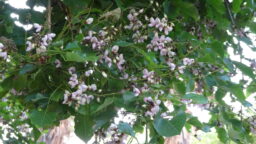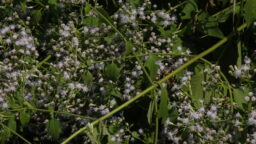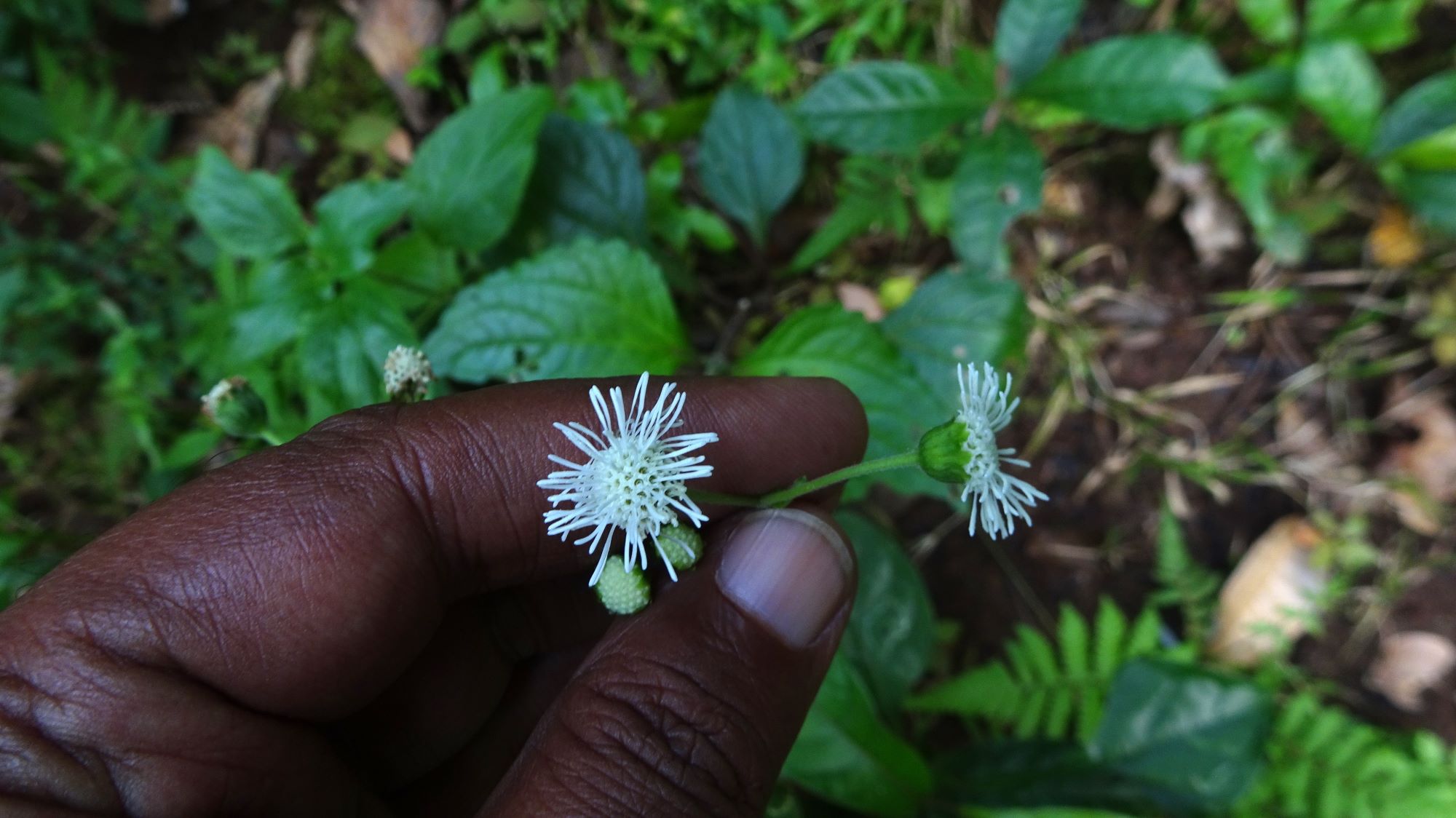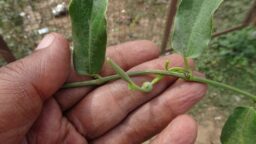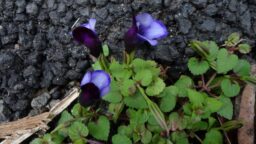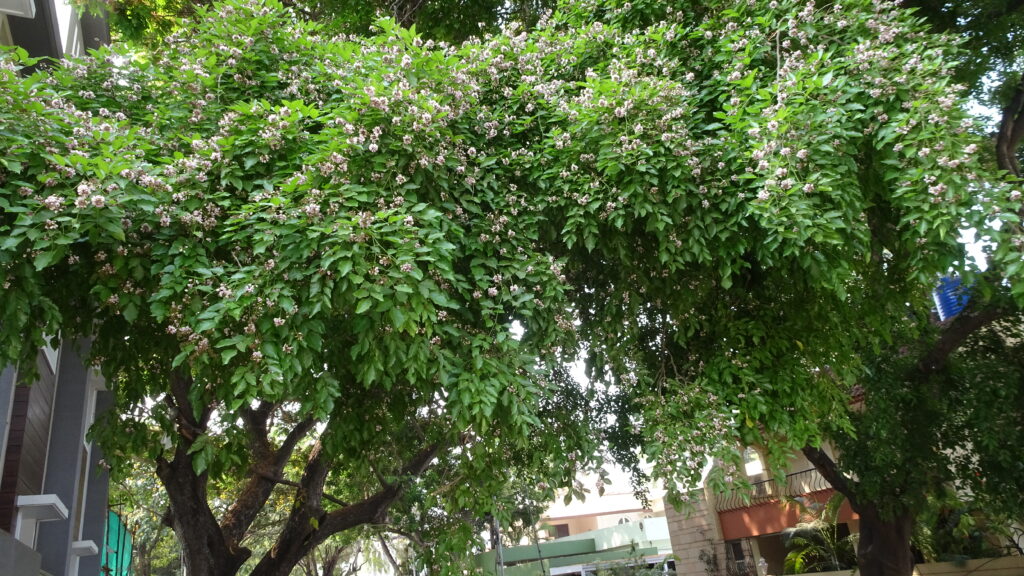
Common Name: Pongam tree, Indian Beech tree. Tamil Name: Pongamaram
Pongam is a common tree with wide distribution all over India; it grows to a height of about 8-10 meters. This tree is often seen planted on road sides and large gardens. The bark of the tree is grey in color and smooth. The leaves are arranged alternatively and are compound. The leaflets are arranged in an opposite manner, 3-7 leaflet pairs are seen and are imparipinnate (the compound leaf arrangement ends with a terminal leaf). The leaf length is highly variable: between 4.5 to 9 cm. The leaf shape is elliptic, base cuneate and apex acuminate. The inflorescence is in the form of an axillary raceme. The flower buds are initially fully covered by the dark brown colored calyx elements. The flowers are whitish-lilac in color and are pea shaped. The flower stalks and flower length measure around 5 mm and 1.5 cm respectively. The fruit is in the form of an oblong brown colored woody pod (4 cm in length) which bears a single kidney shaped seed. Pogam tree is extensively used in traditional Indian medicine for treating skin related diseases. The tree yields good timber and the seed oil is used as bio-diesel. The leaves are used as foraging material. The seed oil cake is used a poultry feed and as manure. Pongam tree is an important larval host plant for butterflies: catering to 9 species of butterflies (source www.ifoundbutterflies.org).

